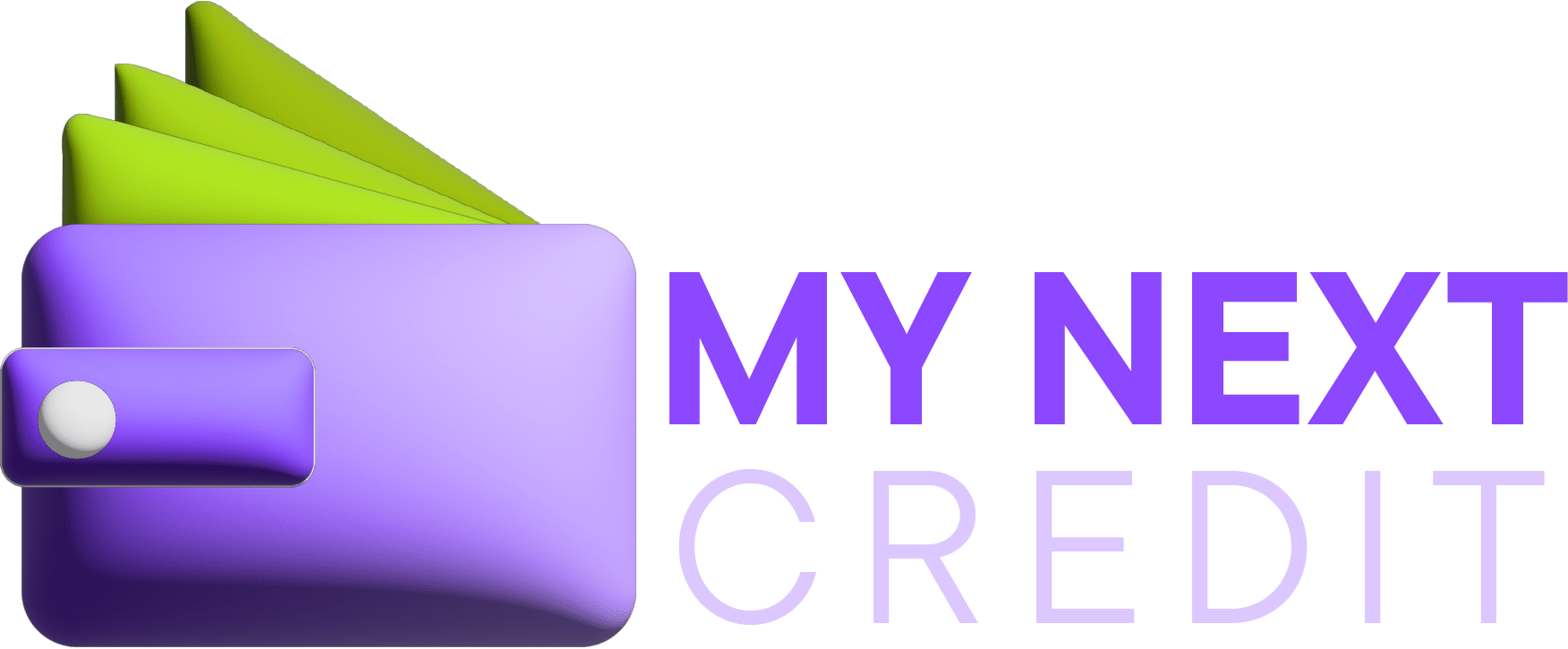In the United States, bank fees can add up significantly over time, especially for customers who use a variety of services or maintain multiple accounts. Monthly maintenance fees, out-of-network ATM charges, and international wire transfer costs are among the most common examples that directly affect household budgets. In 2025, with the ongoing digitalization of the financial system and growing competition from fintechs, customers now have more leverage and tools to negotiate these costs.
This guide aims to show how to identify hidden charges, understand the most common fee structures, and apply practical strategies to reduce or even eliminate these expenses. With information and planning, consumers can save consistently and strengthen their financial management.
Identifying the most common fees

The most frequent fees include monthly account maintenance charges, ATM withdrawal fees for using other networks, wire transfer costs, and penalties for inactive accounts. In addition, some banks charge for services such as check issuance, premium benefits, or even personalized support. While many of these fees are disclosed in contracts, they are often buried in fine print, making them harder to detect.
Recognizing where the money goes is the first step. Digital tools and personal finance apps can track recurring charges, giving customers clarity about how much they actually pay in bank fees every month.
Hidden fees and how to spot them
Hidden charges often appear in less obvious ways, such as unfavorable currency exchange rates on international purchases or penalties for exceeding transfer limits. In 2025, “drip pricing”—where costs are revealed only at the final step of a transaction—remains a concern in the US. Carefully reviewing detailed statements and demanding transparency from financial institutions is essential to avoid unpleasant surprises.
Another smart approach is to check reports from the Consumer Financial Protection Bureau (CFPB), which monitors abusive practices in the banking sector. These insights empower customers to identify irregularities and strengthen their position during negotiations.
How to negotiate with your bank
Successful negotiations begin with information. Customers who know what competitors are offering have stronger arguments to request fee reductions or waivers. In many cases, simply contacting a branch manager or customer support and pointing out cheaper alternatives in the market can lead to savings. The rise of digital banks, which often offer zero-maintenance accounts, makes negotiations even more favorable in 2025.
Maintaining a good relationship with your bank also helps. Customers with high account activity, multiple products, or investments often enjoy greater bargaining power. Using this leverage can result in better service packages or even the elimination of specific fees altogether.
Avoiding unnecessary charges
Beyond direct negotiation, several practical steps can reduce costs. Sticking to your bank’s own ATM network avoids withdrawal fees. Using digital platforms for international transfers can be more cost-effective than traditional services. Regularly reviewing service packages ensures you are not paying for features you don’t use.
Another crucial step is avoiding overdraft fees, which are among the highest in the US banking system. Setting up account alerts through your bank’s app helps monitor available balances and prevent costly overdrafts.
Better financial control with fewer costs
Negotiating bank fees and eliminating hidden charges is a smart way to optimize your budget in 2025. With increased fintech competition and stricter transparency requirements from regulators, US consumers now have more options to demand fair costs and better service. Staying informed, asking questions, and adopting cost-saving habits are key to keeping fees under control.
Ultimately, the money saved from reduced fees can be redirected toward investments, savings, or personal goals, strengthening long-term financial health. Information and discipline remain the best tools in this process.
